Creativity off the charts!
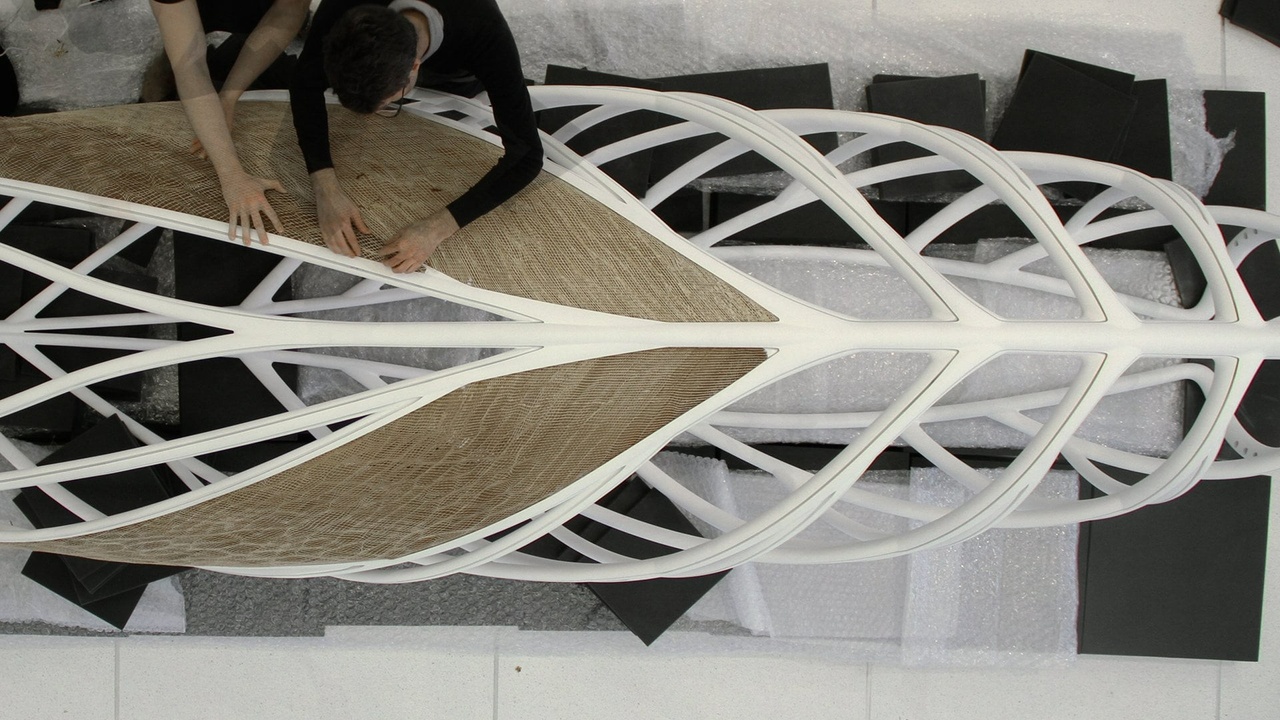
Five lessons from one of the world’s most creative thinkers
I have been loving the Netflix series, Abstract – The Art of Design.
If you’ve got a Netflix account, I highly recommend this series for inspiring expansive thinking and exploring new fields and perspectives (especially if your background is in the field of management and finance like mine!) It has done wonders for ‘filling up my creative tank.’ The series invites you to ‘step inside the minds of the most innovative designers in a variety of disciplines and learn how design impacts every aspect of life.’
One particular designer in the series really blew me away and it’s what I learned from this person that I want to share with you today. She is such an inspirational person, that one of the engineers in her team said of her:
“One conversation with her changed the course of my career.”
The engineer had been on a path to becoming an architect but after one interaction with this passionate and creative thinking designer, she was inspired to take a risk and change trajectory completely; a decision she has never regretted.
Have you ever met a person who has had this kind of impact on you?
This statement was made about a person who I would love to have dinner with; an exceptional person who is disrupting the status quo of materials design at the intersection of art, biology, and engineering. She was a lieutenant in the army. She trained as a medical doctor. She studied architecture. She earned a Ph.D. at the Massachusetts Institute of Technology (M.I.T.) and worked as a professor there for 15 years.
Can you guess who it is?
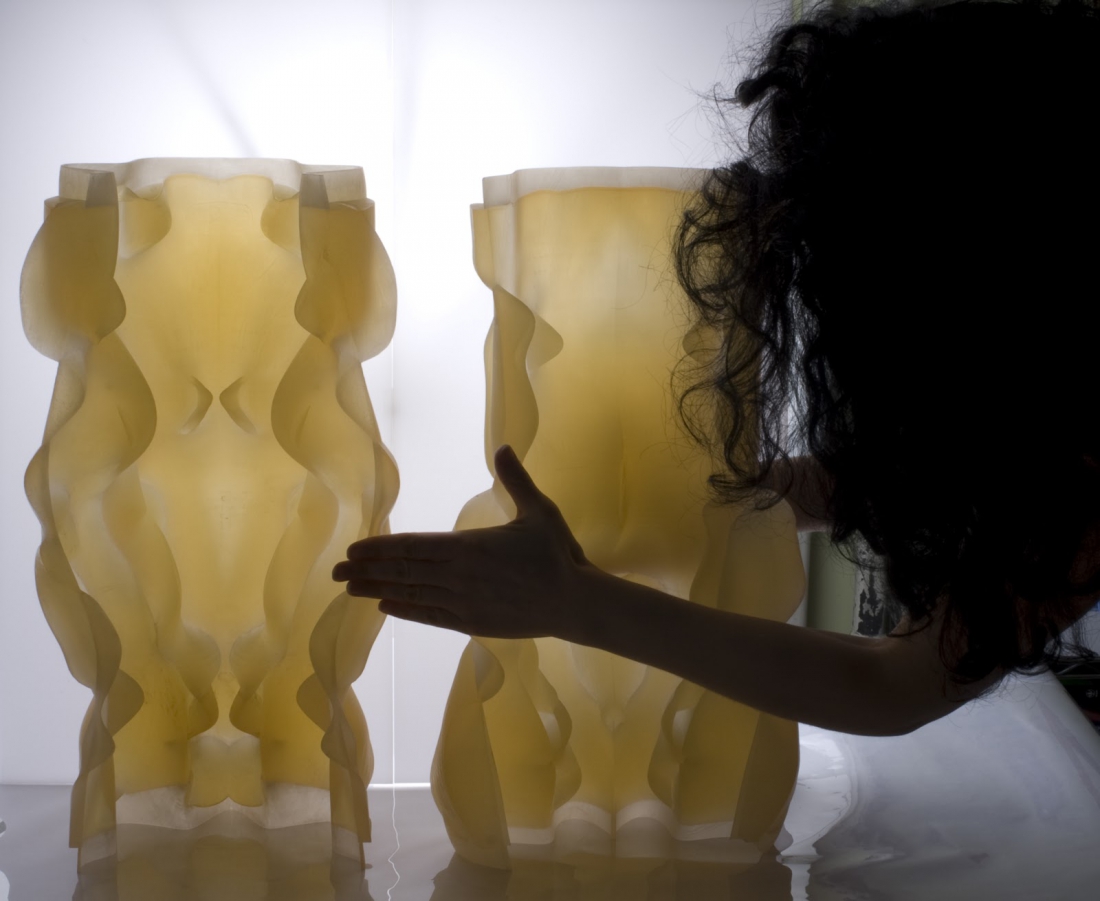
Presenting Mediated Matter, Photo by Ray Counting on Wikimedia Commons
You’ve got it!
This person is the brilliant Neri Oxman.
A quick introduction to Neri Oxman
Born in Israel in 1976 to parents who were architectural professors, Neri spent a simple childhood in Haifa. Her curiosity, affinity for design and appreciation of nature was cultivated in her parents’ architecture studio and her grandmother’s rambling mountainside garden.
Having served in the Air Force, she attended medical school for two years before switching to study architecture. After graduating from the Architectural Association School of Architecture in London, she did a Ph.D in design and computation at M.I.T., focussing on material-aware design. There she went on to serve as a professor at the M.I.T. Media Lab for 15 years. At M.I.T. she founded and led the pathbreaking Mediated Matter research group; a brilliant team of architects and designers working with scientists and engineers on the ‘art’ of biological engineering, synthetic biology and material ecology; fields that they pioneered.

Neri Oxman at Pop!Tech 2009, Camden, ME; Photo by Kris Krug on Flickr
Her Philosophy
Neri Oxman is a creative visionary calling for a shift from human-centric design to Nature-centric design. For the first time in our planet’s history, the anthropomass—the mass of human-made goods—now outweighs the biomass—the mass of all living things. Her position is that Humanity is a part of Nature, yet the world we have designed has created a rift between us; therefore, it is now our responsibility to heal it.
“The future of design is a future where anything material in the environment – whether it’s wearables, cars, buildings – can be designed with this variation of properties and relationship with the environment that can take part in the natural ecology.”
Neri’s believes that we need to pay closer attention to nature and learn from nature how to build things, be they clothing, buildings or cities. The big questions she asks are:
- How do we recreate nature?
- How do we approach nature at a time of crisis?
- What does it mean to design a living object?
- How can you have a single material system that is multifunctional, that is not made of parts and that can vary over space and time for different conditions?
- Can you make architecture that behaves like a tree?
Her Work
Neri is the founder of a new field she calls Material Ecology, which combines the technological advances of computational design, synthetic biology and digital fabrication (otherwise known as 3-D printing) to produce compostable structures with biological properties that can interact with their environment. Material Ecology marries the technological advances of computational design, synthetic biology and 3-D printing to produce startling-looking, multifunctional structures, like these sheaves of chitin, a compostable material derived from shrimp shells.
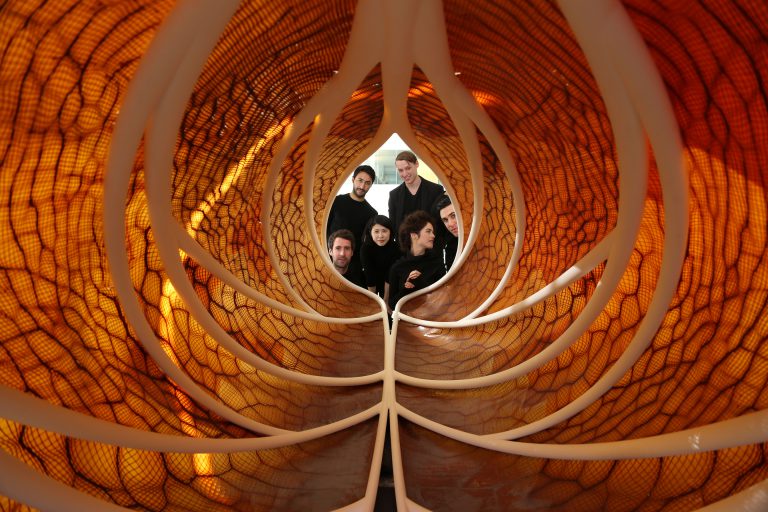
With team members from The Mediated Matter Group looking through Aguahoja I. Image: Cody O'Loughlin for The New York Times
She takes biomimicry to the next level and explores how matter can be grown, rather than built from component parts. In one experiment, she and her team designed and 3D printed a huge hemisphere upon which 6500 silkworms spun a dome.
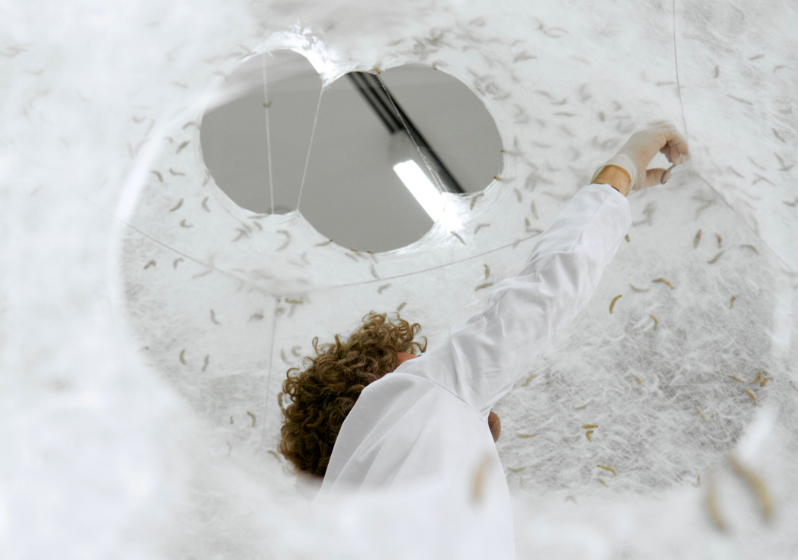
An M.I.T. Mediated Matter engineer works on the Silk Pavilion, Image: Wikimedia Commons
Another interesting project called ‘Wanderers: An Astrobiological Exploration’ are small habitats worn on the body. They present four varieties of “wearable skins” that would potentially enable human beings to survive on other planets in conditions that would otherwise be fatal. Oxman says,
“The future of wearables lies in designing augmented extensions to our own bodies that will blur the boundary between the environment and ourselves. Living matter within these structures will ultimately transform oxygen for breathing, photons for seeing, biomass for eating, biofuels for moving and calcium for building.”

The Wanderers collection, inspired by interplanetary exploration, in collaboration with Christoph Bader and Dominik Kolb.
Neri’s team create not only the experiments but also the technologies with which they are made.
Her Achievements
Neri Oxman is the author of more than 150 scientific papers and inventions. She has permanent exhibitions at the Smithsonian Museum of Design, the Moma, and the San Francisco Museum of Modern Art. She has been named a cultural leader by the World Economic Forum and is an honorary member of the Royal Institute of British Architects.
A great dream of mine would be to run a design studio full of scientists who think about science as creatively as if they were doing art.
She has been described as a contemporary Leonardo da Vinci. John Maeda, the head of computational design at Automattic, a web development company, who also was once an M.I.T. Media Lab darling, said, “If I was the Terminator, Neri is Terminator 2. I was crappy titanium parts, but she’s like liquid metal.”
Her new company OXMAN is rethinking design to empower a future of complete synergy between Nature and humanity. She says that Oxman is a placeholder name meaning “nature x humanity.”
What we can learn from Neri Oxman
1. Don’t let the status quo drag you down
The current mood in South Africa is pretty low. Globally, the war in Ukraine, the floods and fires resulting from global warming, the passing of Queen Elizabeth II and foreign policy changes in our neighbouring Zimbabwe are impacting our pockets, our employees and our stress levels. Locally, rolling electricity blackouts, rampant government corruption, failing infrastructure, and spring hay fever are adding to a sense of frustration and despair.
Not a pretty setting, yet it is precisely in these turbulent and dark times when creativity can flourish. It’s a bit like that algae that loves to thrive when everything else has given up.
I love Neri’s positivity. Though she is a realist, she remains optimistic that humans have the creativity necessary to build a new future. Creative thinkers look for possibility with hope. They have courage and self-belief.
“I do have optimism. One cannot think about birth without death, one cannot think about growth without decay, one cannot think about peril without opportunity. And in our work, <for example> we started with the death masks, and we ended up with a product that enabled us to spatially map antibiotics to relate to tissue engineering. Every project, when it starts with this dark side of life or death or humanity, ends up with possibility. And I don’t see them as separate fates. I don’t see pessimism and optimism as binaries. I think of them rather as synergies. And that kind of pessimism and darkness that you refer to is also exactly what informs and engages and empowers and inspires a sense of opportunity and possibility in our work. The best creative moments happen in darkness, and they happen quietly, and they happen gently. So yes, I am optimistic.” Neri Oxman
Action:
Notice if the status quo is dragging you down, be it in your workplace or your community. Note this down in your journal. The best time would be first thing in the morning, as you wake up, but any time is better than no time! If you don’t have a journal, don’t let that be an excuse, find an old exercise book or grab some sheets of paper and staple them together. Reject perfectionism! Describe the status quo in your writing and how you feel about it. Decide not to accept it and write this down as well. It doesn’t have to be this way. What would like to change? You can be part of the change, even if just a small part. Believe there can be a better way and start to look for small ways to bring about change, starting with your own mindset.
2. Be patient.
This one is a hard one for me. I’m learning that patience starts with being patient with myself.
When we started our business, Creativity Wake-Up, Celia and I were so impatient for results. We desperately wanted to move things along quicker and see the business grow. But the business couldn’t grow any quicker than we could. So, just like mother nature, we had to be patient and diligent, keeping on doing the hard work, watering our seeds and patiently nurturing them to grow.
Neri Oxman takes the long view. This big picture helps her and her team to be patient with the time it takes for their work to move forward.
“I think of time as a non-linear media. But rather one that can be experienced at once—all times at once. And many of our projects, and many of our works are, I think, linked to that concept of time. We start a project by looking to the far, far past. And I don’t mean two years ago; I mean two hundred thousand years ago. Pre-human. And we project to the future, and again, not five or ten years ago, but two hundred years forward, at least. So, we take a very, very broad chunk of time when we start a project, and when we look at a particular material and its relationship to the environment.” Neri Oxman
Action:
What are you feeling impatient about this week? Our impatience often stems from internal unrest. In this case mediation is a powerful exercise for settling the mind and fostering internal peace.
Meditation is well-documented to bring many benefits, of which, the cultivation of patience is one. Beginning and/or ending your day with a time of quiet internal reflection, be it five minutes or forty-five minutes, helps us to put life in perspective. It allows us to view ourselves beyond our nagging physical needs and our fluctuating feelings, and give us a wider view and a sense of proportion. It also quietens our ‘monkey mind’, the whirring Pre-Frontal Cortex, and allows our much more vast and wise Default Mode Network of our brain to begin to surface ideas and solutions.
Meditate each day to curb the impatience that is stalling your creative project. Don’t hurry but let the answers unfold before you. Small steps.
3. Become comfortable with ambiguity
The frustrating thing about any creative endeavour is that there is so much messiness. There are unknowns and there is squirliness. You are not sure if it will work and what the outcomes will be. You cannot yet give your manager the exact ROI of this experiment because <sigh> it’s an experiment!
With creativity, you can’t always have everything squared off into neat little packages.
"In my core, I am a spiritual person, and I like to assume the centrality of flow; the state of awareness one reaches when knowing the way forward even, and especially when, it is unknown; That embracing ambiguous circumstances is a skill, that gratitude is a gift, that a successful leader leads first and foremost with love, that kindness is the ultimate currency." Neri Oxman
Perfectionism can stifle creativity. Comfortable with duality. Big vision but small steps.
Action
Overcome your perfectionist tendencies by moving into action. Perfectionism can stifle creativity. In order to become comfortable with ambiguity, learn to act without knowing all the details. Think about a creative project that you are stalling on (e.g. a report to write, a proposal to devise, a community you want to form, a structure you want to create, a home project you want to accomplish.) It is vital that you avoid becoming paralysed as a result of not having every piece of information you may need. It may never arrive. You can be certain that you will make some mistakes along the way. Make the decision to go ahead without the whole picture and take the first smallest step you can think of to get the project moving – even if that step is simply making a phone call to someone to discuss the project.
4. Be brave to push boundaries
Creativity involves stretching your own boundaries as well boundaries around you.
Neri stretched her boundaries by expanding her horizons from medicine to architecture, to computer programming. She continues to explore fine art and is an connoisseur of old films. The fact that the field she was interested in didn’t exist yet, did not deter her. This amazes me! She was brave, pushed the boundaries and created this new field herself.
Neri Oxman is a true front runner, pushing boundaries all the way. Her vision is:
“To radically change the design landscape from the ground up. To question the very nature of how we make things, and how we can make them in different and better ways; for us, for the planet, for other species.” Neri Oxman
Action:
What is one thing that you have been wanting to do but have been too scared to try? Perhaps it is something you have seen others do but never thought you have it in you do it. It might involve doing some work with a different type of client, or delivering a new service, or working with people in a completely different department from yours. Perhaps you are even thinking of a different career or a side hustle. How might you explore that field a little? Who do you admire in this area that you could talk with? Don’t stay comfortably in your safe area where you are the expert. Be a learner. Be humble. Don’t let other people define you or what you do.
5. Learn from nature
If you want to inspiration for your creativity, you’ve to look no further than your garden or your own hand. Nature provides an abundance of guidance in creative form, process, interrelation, and systems.
“Nature is a brilliant engineer and builder. It knows how to create seashells that are twice as strong as the most resistant ceramics human beings can manufacture, and it produces silk fibres five times stronger than steel. Nature also knows how to create multipurpose forms.” Neri Oxman
The newly founded company, Oxman, is a kind of a Bell Labs of the 21st century. The space will hold a architectural atelier, wet labs, a biomechatronic shop and a machine, shop. It’s a place where interdisciplinary design across scales across problems, contexts and domains can take place.
“In nature, there is no separation between design, engineering, and fabrication; the bone does it all.” Neri Oxman
Neri says that at Oxman “we are defining ourselves as a nature-centre studio. Nature is a co-client. By signing off on a project one must sign off on our manifesto that calls into question our relationship with nature today. All the design goods that we produce should be indistinguishable from the natural world.”
You may not be designing looking to nature to inform how you design clothes that are alive and functional, or buildings grown from natural fibres, but you can still look to nature to enhance your creativity. A Danish study found explains “how nature has the ability to evoke the creative way of thinking by making us more curious, able to get new ideas as well as flexible in our way of thinking. Nature also helps us to recharge our directed-attention which is needed when analysing and further developing ideas.”
Action
Nature is a wonderful therapist. Using your senses, let yourself be drawn to an element of nature, such as a tree, a rock, or light. Sit comfortably with it and ask a question, silently or aloud, that you are seeking support or guidance on. With your senses open and mind neutral, listen. An answer may come to you in the form of an intuition, a physical sensation, an insight or a new idea. It is possible that no answer will come while you wait, but it may come to you later in another way. The intention is to rest your mind and let it be open to receive.
Over to you
So there you have it, five lessons from one of the world's most creative thinkers.
I hope that you have been inspired and that you will gift yourself the time to try out at least one of the action points here this week.
I'd love to hear from you about how your creativity development goes. Email me on [email protected]
References:
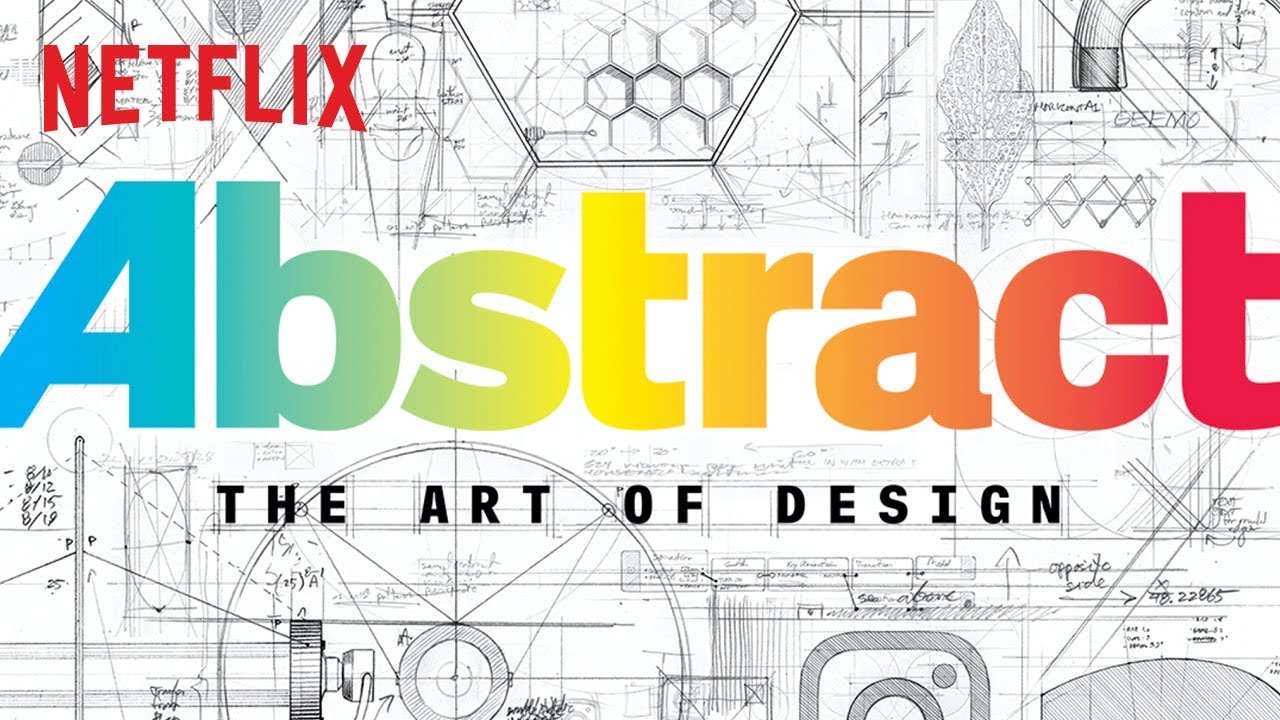
Learn more about Neri in the Netflix series, Abstract – The Art of Design, Season 2, Episode 2.
Time Sensitive. Neri Oxman on Her Extraordinary Visions for the “Biological Age” Interview by Spencer Bailey. https://timesensitive.fm/episode/neri-oxman-extraordinary-visions-biological-age/
Madame Architect. Intimate Links: Neri Oxman on Designing Systems, Radical Change, and Architecture as Destiny By Julia Gamolina https://www.madamearchitect.org/interviews/2020/8/31/neri-oxman
Trine Plambech, Cecil C. Konijnendijk van den Bosch, The impact of nature on creativity – A study among Danish creative professionals, Urban Forestry & Urban Greening, Volume 14, Issue 2, 2015, Pages 255-263, ISSN 1618-8667, https://doi.org/10.1016/j.ufug.2015.02.006.


